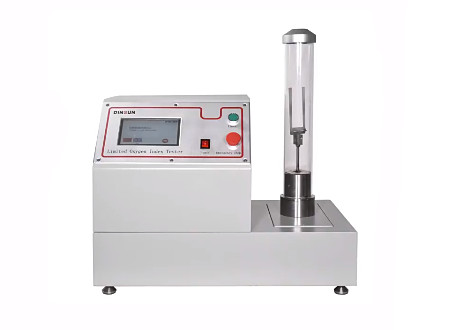- Qinsun Instruments Co., Ltd.
- Tell:+86-21-6780 0179
- Phone:+86-17740808215
- Address:No. 2578 Minhang District Gu Dai Road, Shanghai
- Contact:Mr. Li
- QQ:846490659
The prospects of the fast food testing market

Food safety issues are closely related to people's lives and health. In recent years, safety incidents reported by the media have stimulated the nerves of the public and the government, often causing huge social reactions. Under public pressure, government regulatory agencies often formulate relevant mandatory testing standards and regulations; Enterprises also have the motivation to increase investment in testing to build a safety brand image in the minds of consumers. It is expected that the demand for rapid food safety testing will maintain a growth rate of over 15% in the coming years. It is expected that by 2022, the market size of the domestic food safety testing industry will exceed 100 billion yuan.
1. Distributed development as a whole
The Chinese agricultural products and food safety testing industry has formed a stable development area in the fields of instrument equipment and testing services, and will continue to radiate to the surrounding areas in the future. Driven by key cities and regions, domestically produced testing instruments have made breakthrough technological progress, gradually entering a period of rapid industry development, and forming a positive interaction with downstream testing service industries. Food safety issues are becoming increasingly prominent. Under the guidance of national policies, the agricultural products and food safety testing industry will receive strong support and gradually move inland, especially third-party testing services.
2. The "two highs and two lows" pattern of instruments
Food safety testing equipment has currently formed a pattern of "two highs and two lows", where "two highs and two lows" refer to Beijing and Shanghai having absolute advantages in large, medium and high-end testing equipment, while Guangzhou and Shenzhen mainly focus on small, medium and low-end testing equipment. Due to the strong R&D and market foundations in Beijing and Shanghai, as well as the strengths in flexibility and cost in Guangzhou and Shenzhen, this pattern is difficult to break in the short term.
3. The Rise of Private Third Party Testing Services
The regional division of labor pattern of "one inside, one outside" for food safety testing services may change. Beijing dominates domestic government testing services with its geographical advantage as a political center, while Shanghai dominates foreign certification and testing services with its obvious international characteristics; Private third-party testing service institutions in Guangzhou and Shenzhen, leveraging the advantages of local export-oriented economy, actively obtain relevant domestic and foreign certifications, and emerge from the gap of "one inside, one outside", leading to the possibility of a three-legged confrontation in the pattern of a divided world.
4. Optimistic Market Outlook for Fast Food Testing
The low accuracy of rapid product testing results has always been criticized, mainly due to the lack of product quality standards and testing standards. The lack of standards has led to low entry barriers for rapid testing product manufacturers, resulting in uneven quality of rapid testing products in the market, which restricts the development of the entire rapid testing industry. On October 1, 2015, the new Food Safety Law was promulgated and implemented, and the most important change for the rapid testing market was the legalization of food safety rapid testing product law enforcement. Overall, the problems that constrain the development of fast food safety testing products are being solved one by one, and the fast testing market is full of vitality.
5. Digitization and networking of detection results
Food safety traceability is a major direction of national regulation, and in recent years, concepts such as the Internet of Things and cloud data have been widely applied in food safety supervision.





